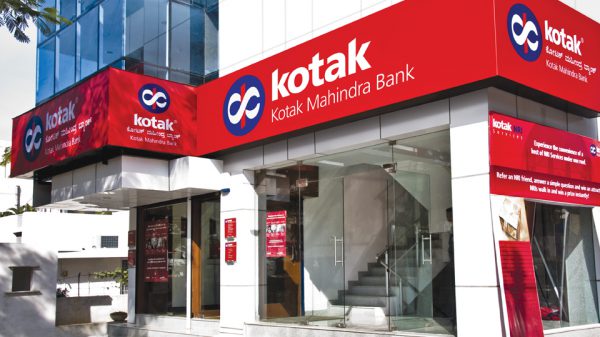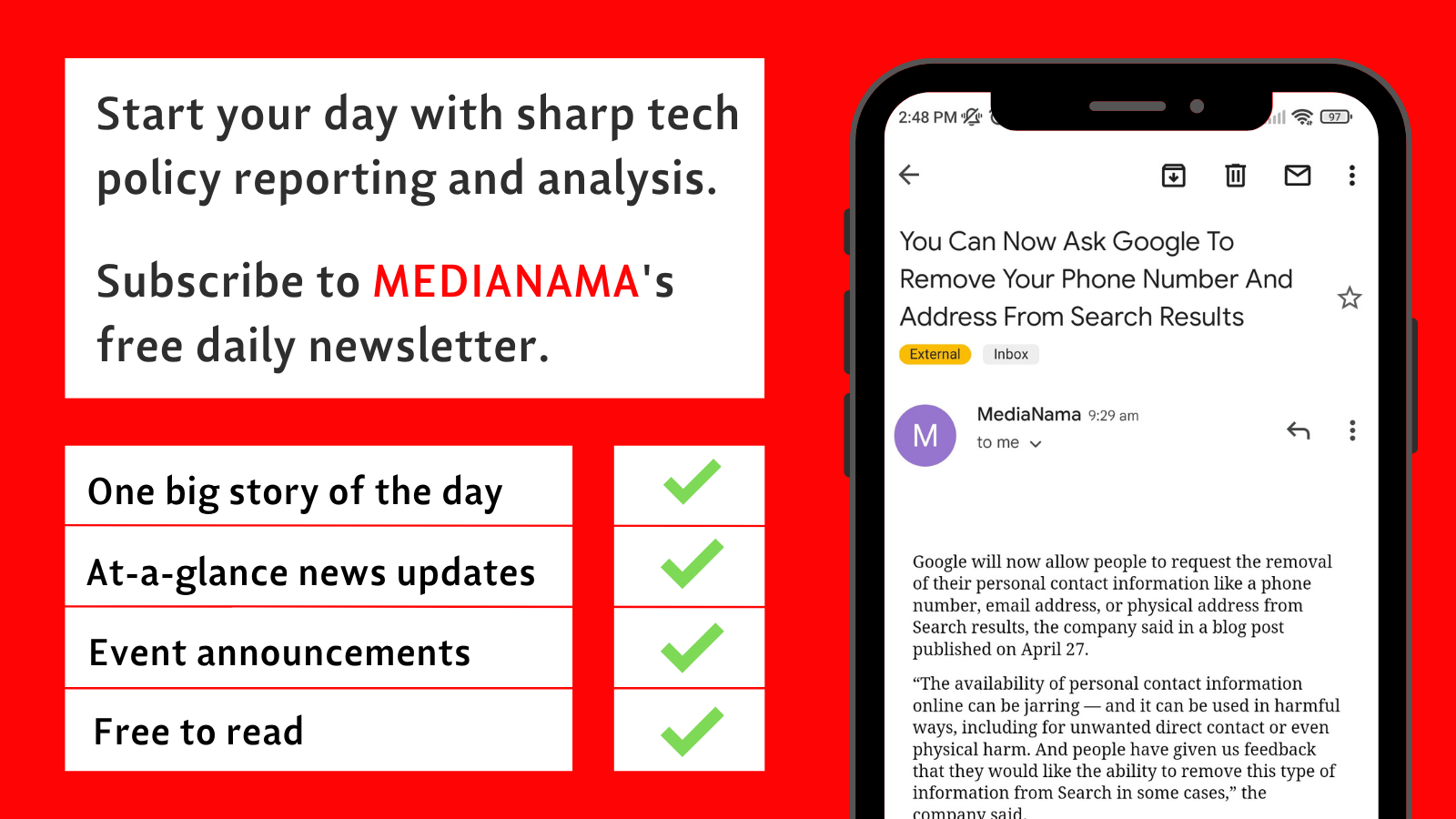Over the last week, one in every few tweets on my Twitter timeline has been about ONDC, with early adopters comparing the e-commerce network’s ultra-low prices for burgers, biriyani, and whatnot with that of incumbents like Zomato and Swiggy. But for all the praise and hype around ONDC and the many claims about how it’s going to be the Zomato and Swiggy “killer,” a handful of customers have also pointed out the many serious shortcomings and challenges facing ONDC.
While the hype around ONDC might be generated by paid marketing campaigns, as some seem to believe, the shortcomings are real. And if these are not fixed soon, campaigns to drive people to ONDC could backfire, as the poor experience might cause people not to come back to the network.
?Price comparison between #ONDC and #Swiggy #Zomato — key metrics, location and time being the same — revealed that Swiggy, even after discounts, was 95% more expensive on the pocket compared to ONDC. pic.twitter.com/xmTK05h3a7
— Inc42 (@Inc42) May 6, 2023
Explained: What Is The Open Network For Digital Commerce (ONDC) And How Will It Work?
STAY ON TOP OF TECH POLICY: Our daily newsletter with the top stories of the day from MediaNama, delivered to your inbox before 9 AM. Click here to sign up today!
What’s being praised
1. Cheap: A quick look at the chart above makes it clear that ONDC is indeed much cheaper than existing platforms; in many cases it’s half the price of Swiggy and Zomato. While there are many questions around this (covered in the next section), these prices are undoubtedly a major attraction for customers at the moment.
A very interesting find. Same pizza store but one is 20% cheaper.
ONDC ? Zomato ? pic.twitter.com/pWWPjvHJFt
— Udit Goenka (@iuditg) May 3, 2023
ONDC seem Biggest Threat for Swiggy/Zomato
Price of McDonald’s Burger ?
• Swiggy/Zomato – ₹282.5
• ONDC – ₹109.4Over 60% Savings for Users
This is UPI Moment for India’s E-Commerce ?
— Ravisutanjani (@Ravisutanjani) May 4, 2023
Now you know the ONDC impact!
Same order, same place and same time.
The difference are clearly visible. pic.twitter.com/JG7xpjN8NB— Ankit Prakash (@ankitpr89) May 4, 2023
2. Lower commissions: Like Swiggy and Zomato, ONDC also has commissions charged by the various participants (seller app, buyer app, logistics delivery, and the network itself). But based on what has been reported, ONDC appears to be levying a much lower commission than existing platforms, which is a big appeal for restaurants, whose number one complaint has been the high commissions charged by Swiggy and Zomato. Commission on ONDC is less than 10 percent, whereas it is anywhere between 18 to 24 percent on Swiggy and Zomato, Inc42 reported.
3. Potential to disrupt food delivery: If the above two are sustainable (a big if), and the other issues noted in the next section like delivery time, customer support, etc. are ironed out, then ONDC does have the potential to disrupt the food delivery segment that’s currently dominated by Swiggy and Zomato because restaurants will prefer it for the lower commission and consumers will prefer it for the cheaper prices. Another significant push for ONDC comes from the National Restaurant Association of India (NRAI), which has been urging its restaurant members to shun Zomato and Swiggy. NRAI has also filed a complaint against Swiggy and Zomato with the Competition Commission of India (CCI), which has launched an antitrust investigation into the two platforms.
Why you should take all the hype with a spoonful of salt
1. Cheap for how long? The looming question is: will ONDC always be cheap or is this going to be just until the network gets up and running? Currently, apps and sellers on ONDC are supported by various incentive schemes provided by the network. Zomato and Swiggy were also much cheaper when launched because of the steep discounts offered by the platforms and bankrolled by venture capitalists and restaurants. If ONDC is thriving on similar discounts, it will only be a matter of time before the prices catch up. The same goes for the commissions. Swiggy and Zomato charge a high commission to run the app, improve their services, provide customer support, etc. ONDC also has to do all these things, which begs the question, will the network increase commissions to match Swiggy and Zomato as the days go by? With gig workers constantly demanding higher pay, the price of delivery is also expected to go up. ONDC, therefore, might not be able to offer free delivery forever even for short distances.
Timeline is full of how ONDC is going to disrupt food delivery, quick commerce, e-commerce etc
Its not that companies like Swiggy/Zomato/Amazon/Flipkart are drowning in profits
When despite their delivery fees/commission they aren’t able to make money, how will ONDC give a…
— Arindam Paul (@arindam___paul) May 6, 2023
2. Customer support sucks: The biggest deal breaker for consumers is customer support. When Swiggy or Zomato delivers the wrong order or if there are any quality issues with the food, customer support is a few taps away. In most cases, the platforms address the grievance by issuing a refund or delivering a fresh order. With ONDC, there is currently no streamlined mechanism for customer support, given the number of players involved. Restaurants are listed on ONDC through seller apps and buyers order food through buyer apps. The delivery is done separately by logistics providers. This complicates grievance redressal. ONDC is working on a grievance redressal mechanism, but this is not yet live, and even when it does go into action, its effectiveness will have to be examined.
ONDC experience so far is very very bad!
So many just comparing the prices between Z & S with ONDC. Many have just not ordered anything so far looks like. Many are mind blown. Don't know for what?! The entire experience sucks to save that 20-25%. Twice orders canceled. 3rd time…
— Lalit Rathi – LKR (@lalitinvestor) May 6, 2023
Anyone know how does one raise a complaint on the ONDC?
Not clear who will address these issues with open network.
In left unchecked, this could become a new place to scam people (like classifieds and rental sites) https://t.co/18kjAiTdpA pic.twitter.com/wOoI3i2YHT
— Shobhit Bakliwal ?? (@shobhitic) May 5, 2023
3. Delivery time is hit or big miss: Swiggy and Zomato have honed their delivery efficiency over the years. They mostly deliver orders within the stated time. They also run their fleet of delivery personnel unlike in ONDC where a third-party logistics provider comes into the picture. These apps also have a neat and fairly accurate tracking feature. On the other hand, ONDC’s delivery is currently a hit or a miss. While some have praised its quick delivery, others have complained about excessive delays and lack of accurate tracking. Hunger and anger don’t make a great combo.
1.5 hrs is good, Mine is still not delivered, it has been 2 days now. Can't cancel, can't contact anyone for help. Not complaining though, I'm an early adopter. ?? pic.twitter.com/ZbFqCvGLVV
— Himanshu Kumar ? (@himanshu_nitkkr) May 7, 2023
This post is released under a CC-BY-SA 4.0 license. Please feel free to republish on your site, with attribution and a link. Adaptation and rewriting, though allowed, should be true to the original.
Also Read
- Join ONDC Soon, And With Your Main App, Or Miss The Speeding Train: Piyush Goyal To E-Commerce Platforms
- Deep Dive: What’s The Current Status Of ONDC And What Are Some Roadblocks It’s Facing
- Explained: What Is Namma Yatri App And Why Is It Joining ONDC
- Summary: CCI Orders Investigation Into Online Food Aggregators Swiggy And Zomato






























